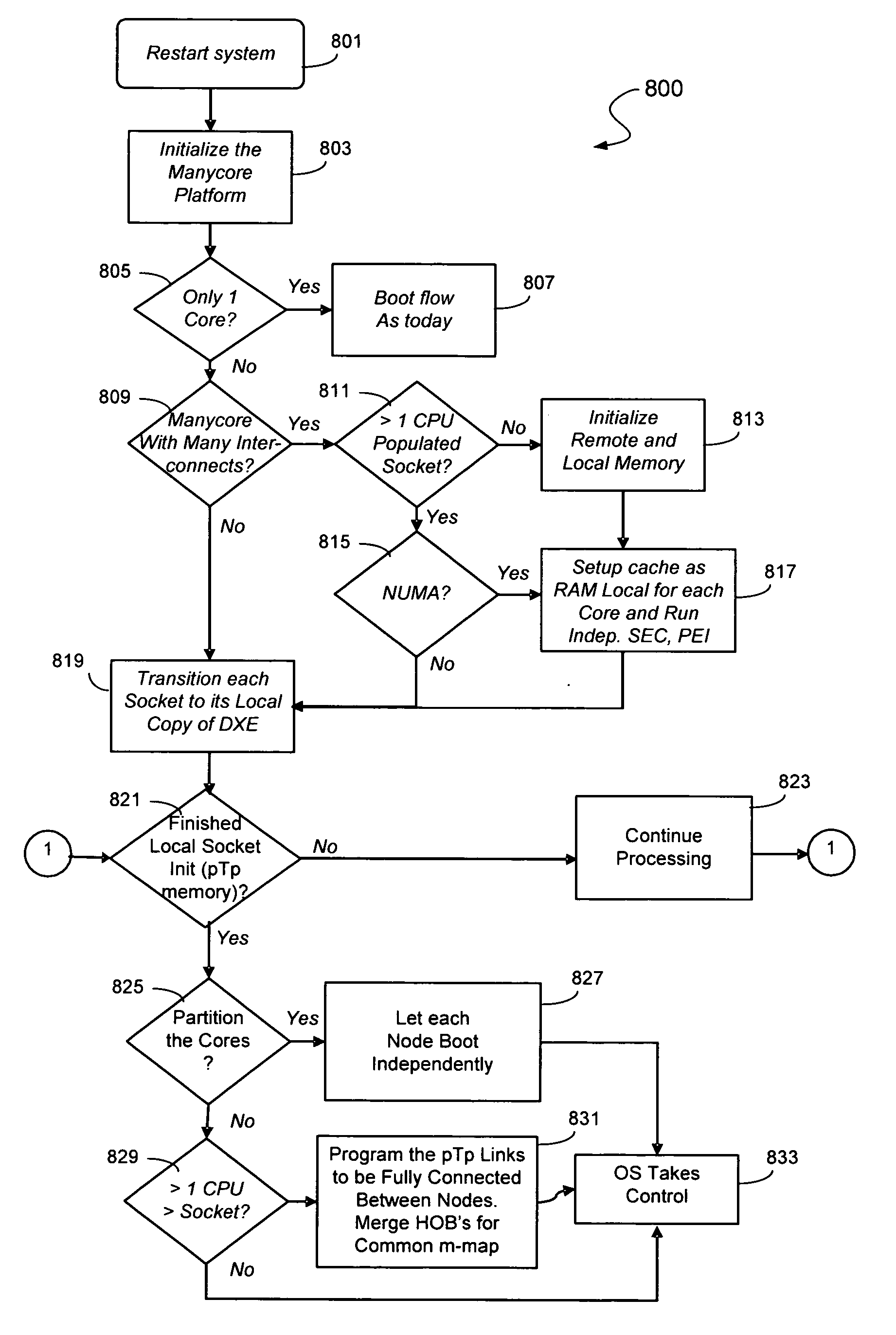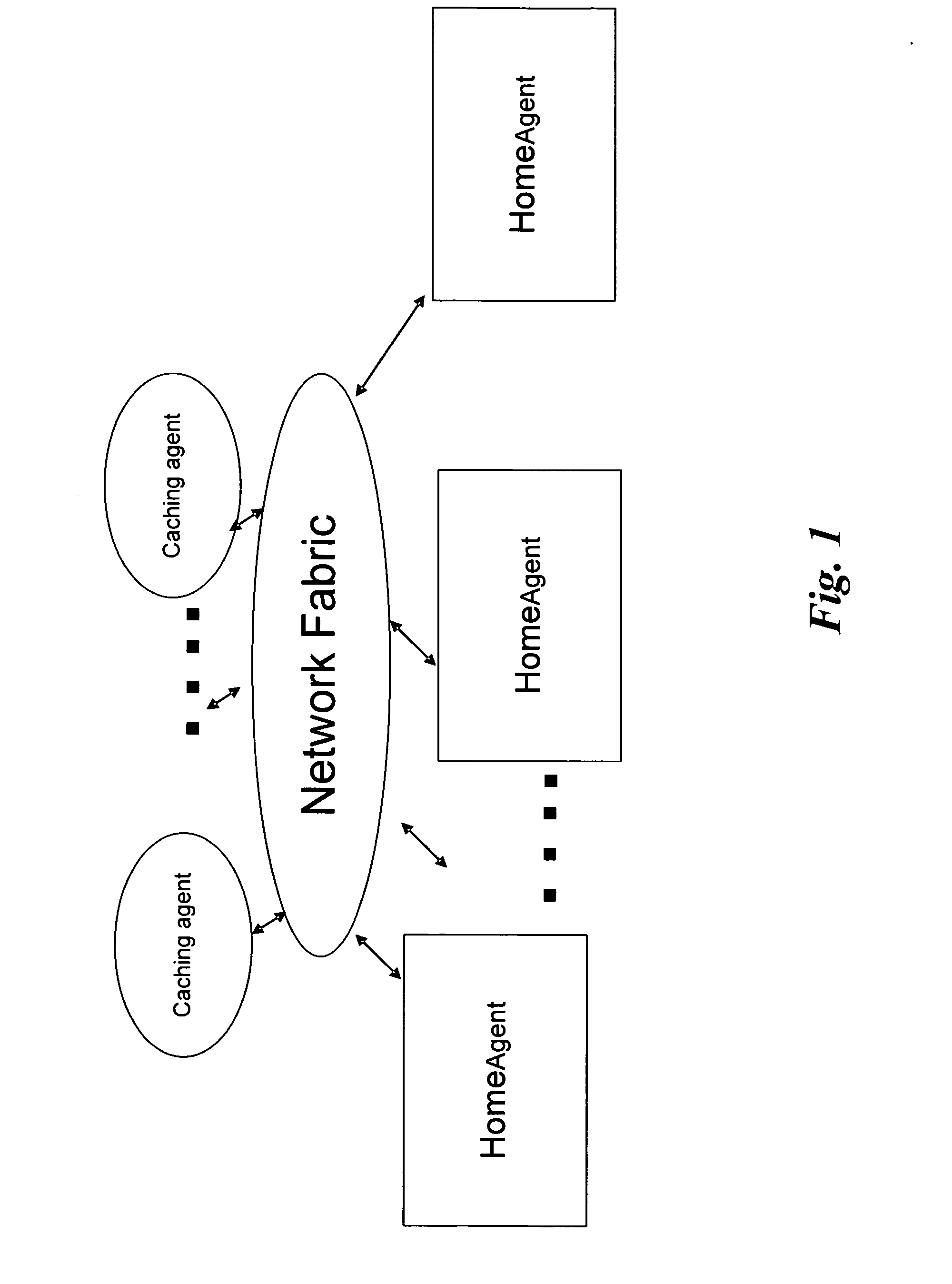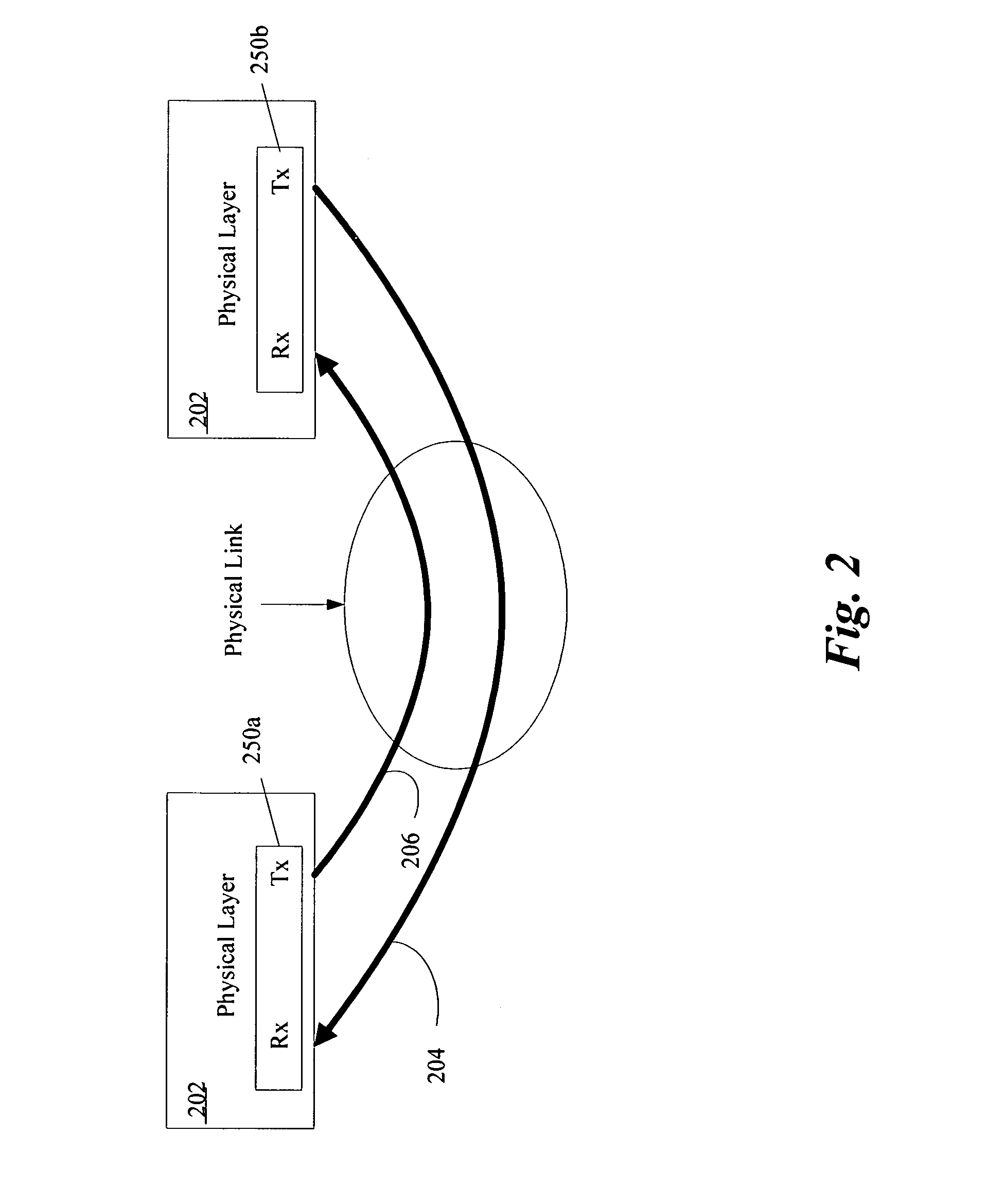Multi-socket boot
a multi-socket, bootable technology, applied in the field of multi-socket booting, can solve the problems of multi-processor or multi-core, and the implementation of directory files often incurs substantial hardware costs
- Summary
- Abstract
- Description
- Claims
- Application Information
AI Technical Summary
Benefits of technology
Problems solved by technology
Method used
Image
Examples
Embodiment Construction
[0015]An embodiment of the present invention is a system and method which addresses the problem of how to maintain reasonable boot-times and reliabilities in ever larger system fabrics, such as those enabled by the a point to point interconnect (pTp) architecture. Embodiments of the invention address the scaling problem by leveraging the advances in firmware technology, such as the Intel® Platform Innovation Framework for EFI, to decompose the boot flow to a local, node level initialization, deferring the “joining” of the system fabric until as late as possible. This joining may be required to build a single-single image, symmetric multiprocessor (SMP) topology. Alternatively, embodiments of the invention will allow for a late decision not to include a node for various policy reasons, i.e., errant node or sequestered node for an embedded IT or classical partitioning scenario.
[0016]Reference in the specification to “one embodiment” or “an embodiment” of the present invention means th...
PUM
 Login to View More
Login to View More Abstract
Description
Claims
Application Information
 Login to View More
Login to View More - R&D
- Intellectual Property
- Life Sciences
- Materials
- Tech Scout
- Unparalleled Data Quality
- Higher Quality Content
- 60% Fewer Hallucinations
Browse by: Latest US Patents, China's latest patents, Technical Efficacy Thesaurus, Application Domain, Technology Topic, Popular Technical Reports.
© 2025 PatSnap. All rights reserved.Legal|Privacy policy|Modern Slavery Act Transparency Statement|Sitemap|About US| Contact US: help@patsnap.com



